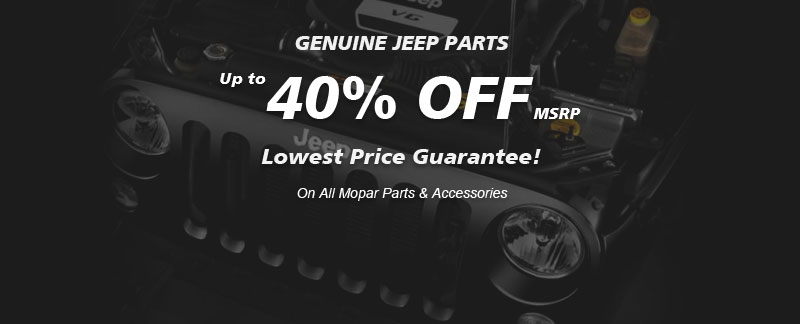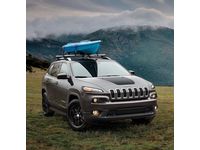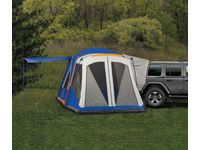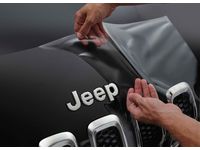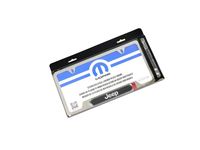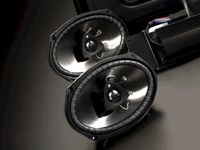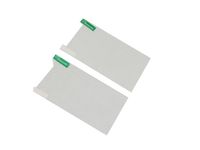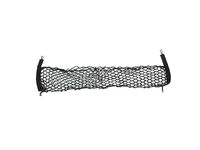- Live Chat
- 1-888-511-3595

Why choose MoparPartsGiant
- Fast Delivery
Your Jeep Cherokee deserves only genuine parts from MoparPartsGiant.com. There's zero risk involved when buying from us because all our Jeep Cherokee parts are expedited directly from authorized dealers and backed by the manufacturer's warranty. For years, we've been the #1 online parts store. Interested in faster shipping? We offer expedited shipping on corresponding orders!
- Dedicated Service
Our outstanding customer service team is here to help you by email, live chat, or phone call with any inquiries regarding your purchase. Dedicated representatives are standing by to assist you with your shopping needs. With a complete Jeep Cherokee parts catalog and a full selection of inventory, your parts are ready to be expedited anywhere in the nation without delays.
- Unbeatable Prices
For any genuine parts you need for standard maintenance or repair, we carry them. With our unbelievably low prices on parts, you won't go anywhere else for Jeep Cherokee parts. We are your one-stop shop for Jeep Cherokee parts without breaking the bank!
Popular Genuine Jeep Cherokee Parts
- Engine Parts View More >
- Electrical Parts View More >
- Fuel Parts View More >
- Body - Sheet Metal Except Doors Parts View More >
- Cooling Parts View More >
- Steering Parts View More >
- Interior Trim Parts View More >
- Brakes Parts View More >
- Transmission Parts View More >
- Suspension & Drive Parts View More >
- Emission Systems Parts View More >
- Exhaust Parts View More >
Shop Genuine Jeep Cherokee Parts with MoparPartsGiant.com
The Jeep Cherokee, introduced in 1974, has undergone substantial evolution from a full-size SUV to a pioneering compact SUV and crossover in today's generation. Initially positioned as a sportier two-door variant of Jeep's Wagoneer, the Cherokee didn't offer a four-door model until 1977. Its name pays tribute to the Cherokee Native American tribe, symbolizing the vehicle's spirit of adventure and resilience. In 1984, the Cherokee adopted a lightweight, one-piece construction on a new platform, making it incredibly popular and leading to its successor, the Grand Cherokee. As Jeep's flagship model, the Cherokee occupied a price point between the Wrangler and Grand Cherokee and remained Jeep's smallest four-door SUV until the launch of the Compass and Patriot in 2007. In 2008, to cater to fuel-conscious customers, the lineup dropped the four-cylinder engine, leaving only a V6 variant. A CRD engine variant was withdrawn due to non-compliance with the stricter 2007 diesel emissions standards. The fifth-generation Cherokee was reintroduced to the U.S. market as a crossover and was repositioned as a mid-size vehicle to accommodate the smaller Jeep Renegade. The Cherokee offers options like a six-speed manual or a four-speed automatic transmission, electronic stability control, traction control, anti-lock brakes, side airbags, and modern infotainment features. The off-road focused Trailhawk version features enhanced capabilities with tow hooks and a mechanical storage box. Despite a temporary production halt in 2013 due to a transmission software issue, the Jeep Cherokee continues to be a popular choice among SUV enthusiasts.
As a crossover SUV often exposed to varied off-road conditions, the Jeep Cherokee may face certain common issues. Firstly, problems related to the braking system are typical. Key indicators of brake issues are leakage of brake fluid, visible corrosion on brake lines, or an illuminated Brake Warning Light, all suggesting a failing brake line that may need replacement. Secondly, performance issues are also common, manifesting as sluggish response, reduced power, acceleration and fuel economy, difficulties in starting, persistent engine overheating, misfires, stalls, or coolant leaks. These issues often stem from faulty components like the sway bar bushing, intake manifold, battery line, or cylinder head gasket. Lastly, given the reliance on electrical parts in modern vehicles, issues with the window regulator, which controls the movement of windows, are common. Given its frequent use, it wears out over time and needs regular maintenance for optimal performance and safety.
OEM parts are unrivaled in terms of quality. They go through extensive quality control inspections and are produced in accordance with Jeep's official factory specifications. All of these remove defects and imperfections. So you can relax knowing they promise exceptional lifespan and flawless fitment. If you're in search of top-tier Jeep Cherokee parts, including Doors, Door Mirrors And Related Parts, Air Conditioners & Heater, we highly recommend choosing from our vast selection of OEM parts, such as Wiper & Washers And Cylinder & Keys, Differential And Drive Line. Not only do we offer genuine Jeep Cherokee parts at the most competitive prices, but also all our parts come with the manufacturer's warranty and speedy delivery for your convenience.
Jeep Cherokee Parts Questions & Answers
- Q: What are the ways to check the operation of the water pump while it's installed on the engine on Jeep Cherokee?A: A faulty water pump can cause engine damage due to overheating. Three ways to check the pump are: squeezing the upper radiator hose while the engine is running at normal temperature, a pressure surge should be felt if the pump is working; checking the weep or vent holes for coolant leaks, a flashlight may be needed; and listening for a howling sound at the engine front, indicating shaft bearing failure. Shaft wear can also be detected by rocking the water pump pulley. Don't confuse drivebelt slippage, which causes a squealing sound, with water pump failure.
- Q: How to replace a blower motor in a Jeep Cherokee?A: Disconnect the battery's negative cable and the blower motor wires. Remove the three mounting screws and lift the blower motor out. If replacing, detach the fan retainer clip, remove the motor, and mount the new one. Reinstall the clip, place the motor back, and reconnect the wires and battery. Test the motor. If the car has air conditioning, discharge the system, move the accumulator, unplug the motor's connector, remove the screws and the motor. Reverse these steps for installation. Finally, have the air conditioning system checked and recharged.
